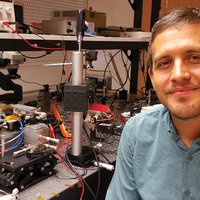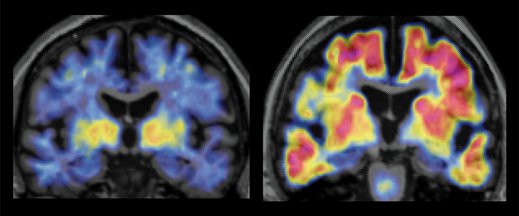Biotechnology & medicine
Elizabeth Mormino
A telltale protein seen in people’s brains before they have Alzheimer’s could offer a clue about possible treatments.
Illustration by Miguel Porlan; brain scans courtesy of Elizabeth Mormino

Global
Dena Marrinucci
Her startup bets it can track cancer from an early stage, without any biopsies.

Latin America
Juan Carlos Guaqueta
Water purification system to treat worm infested sewage for use in irrigation and fertilization

Europe
José Luis Rubio
His technology reduces the number of unnecessary biopsies performed to diagnose skin cancer

Latin America
CLAUDIO TRINDADE
Created a new intraocular implant device for treating corneal diseases

